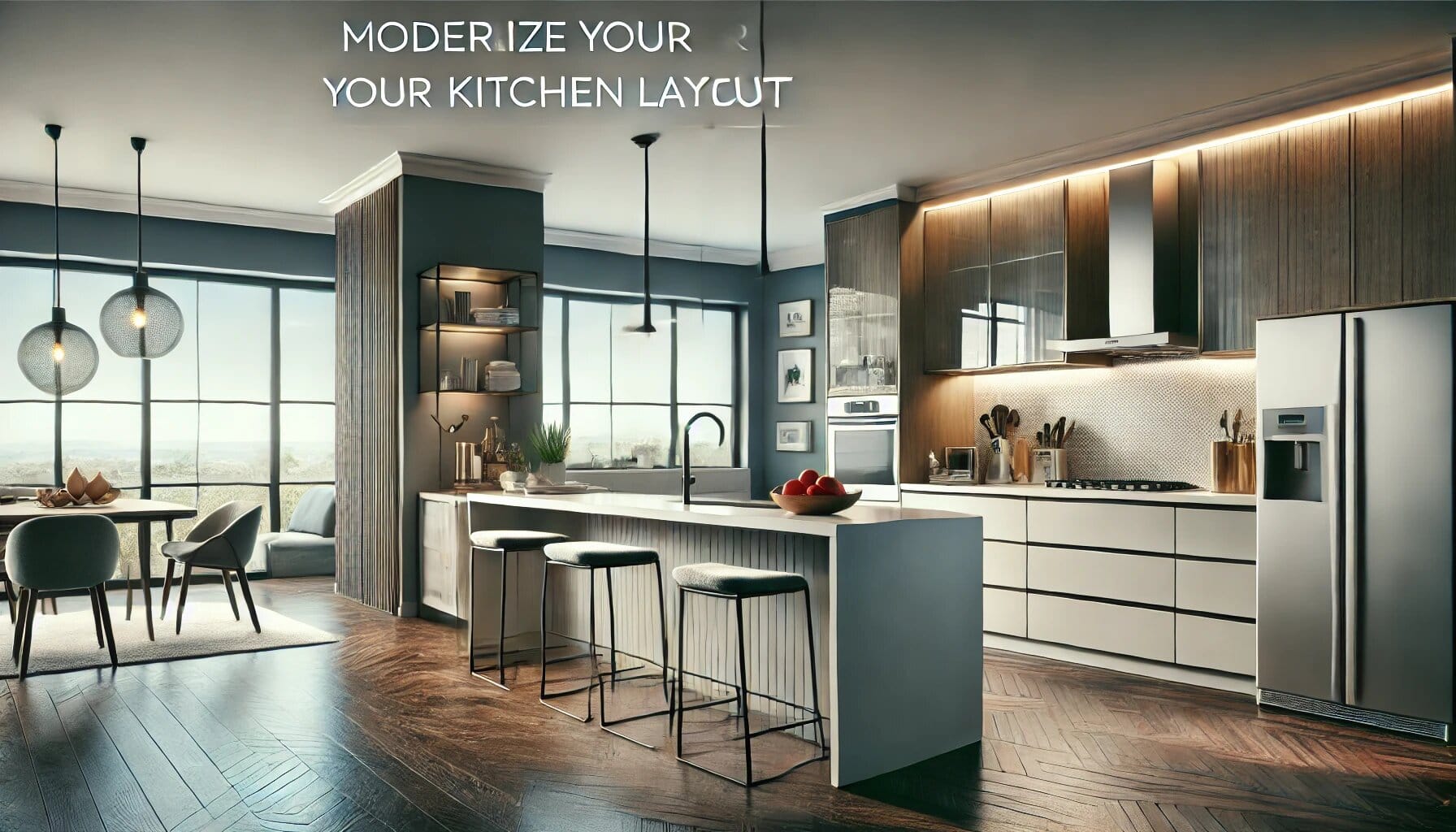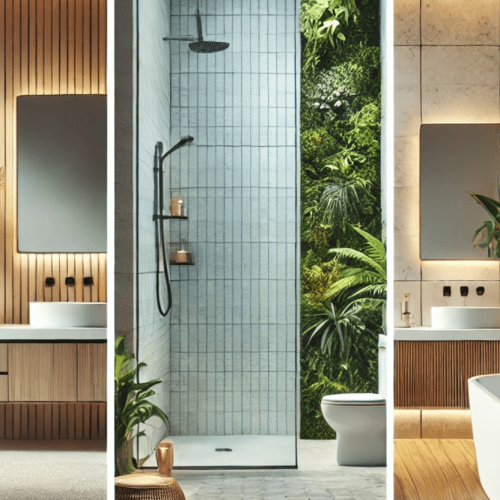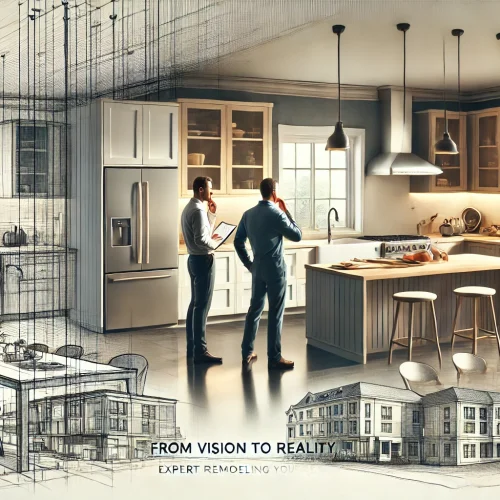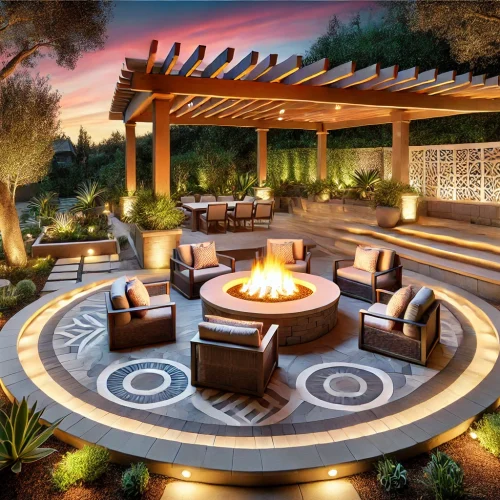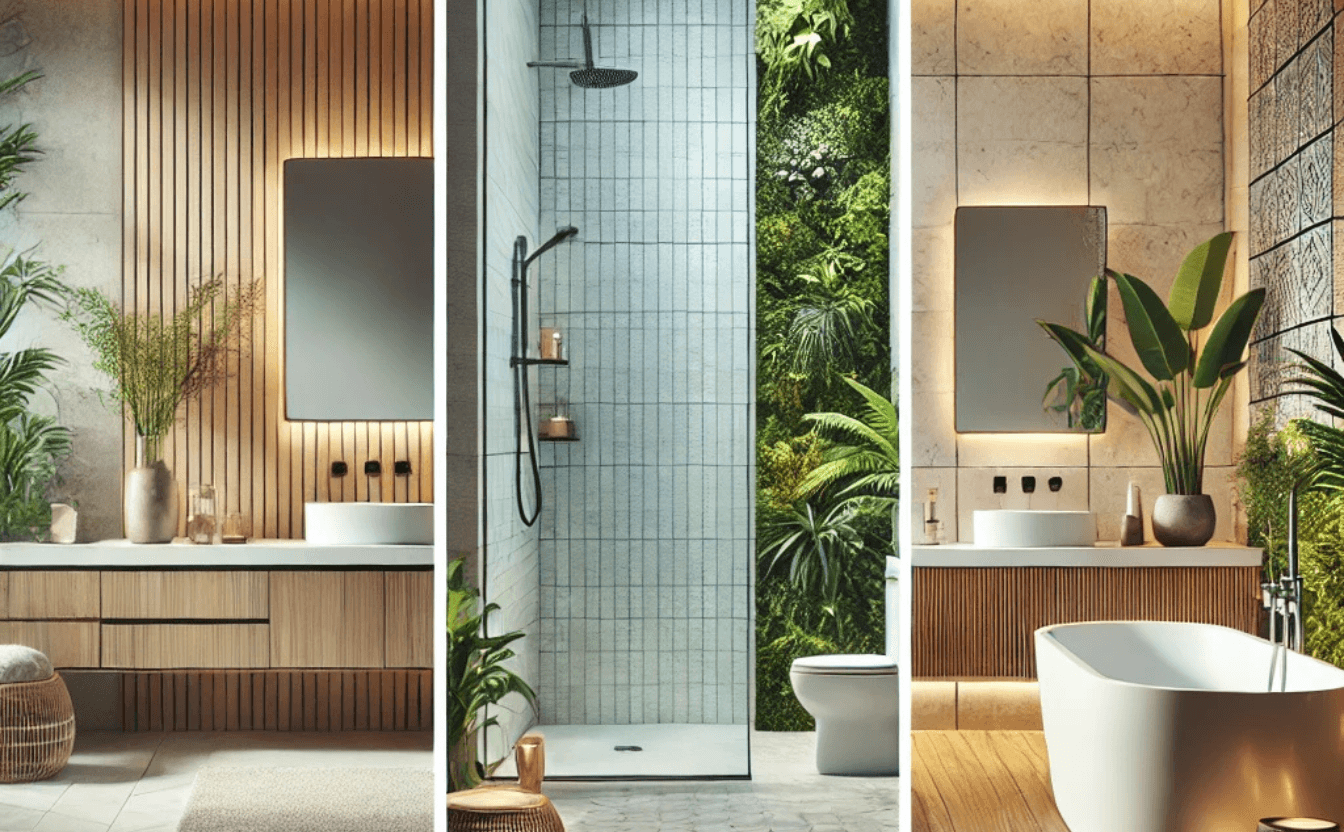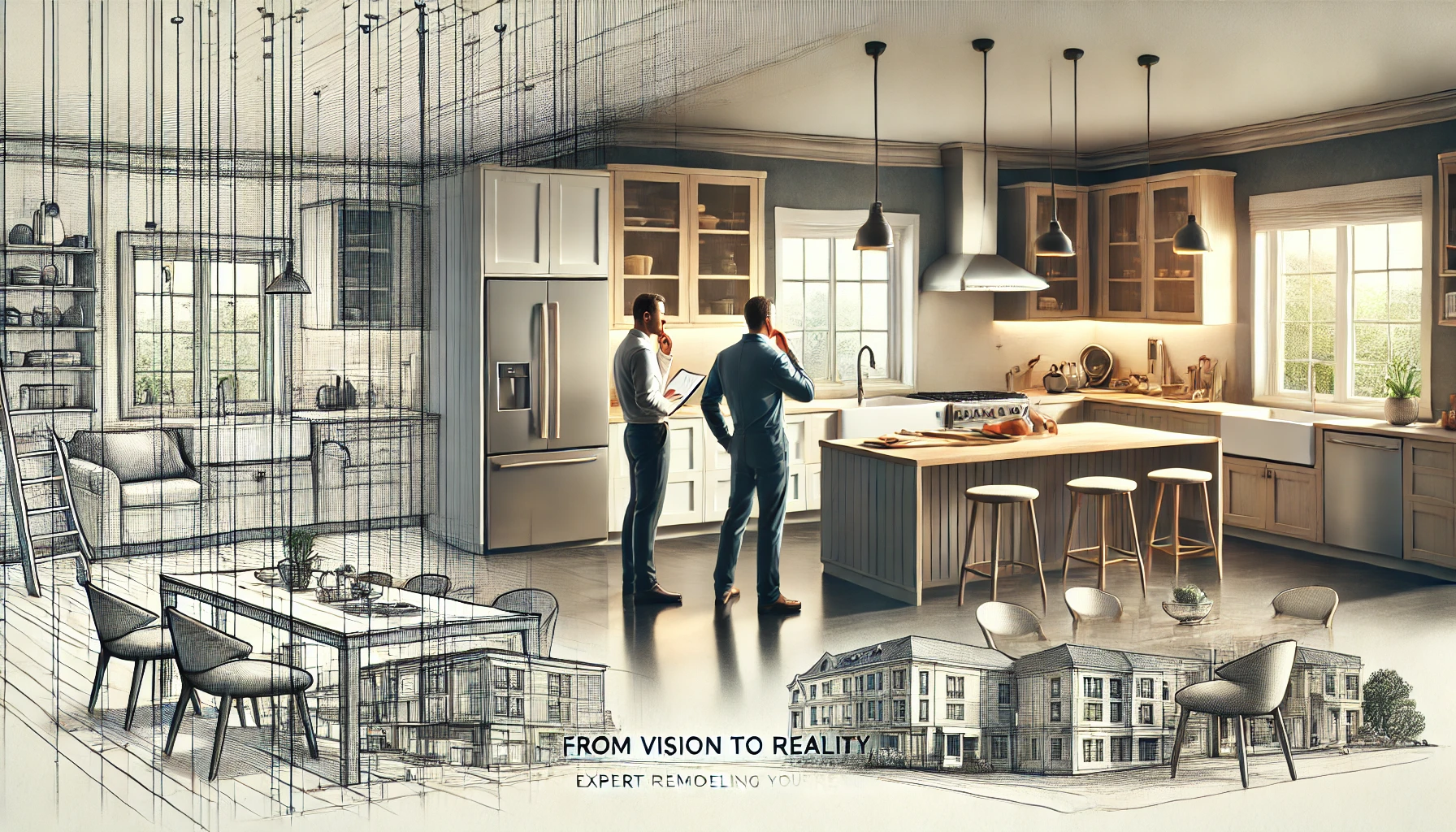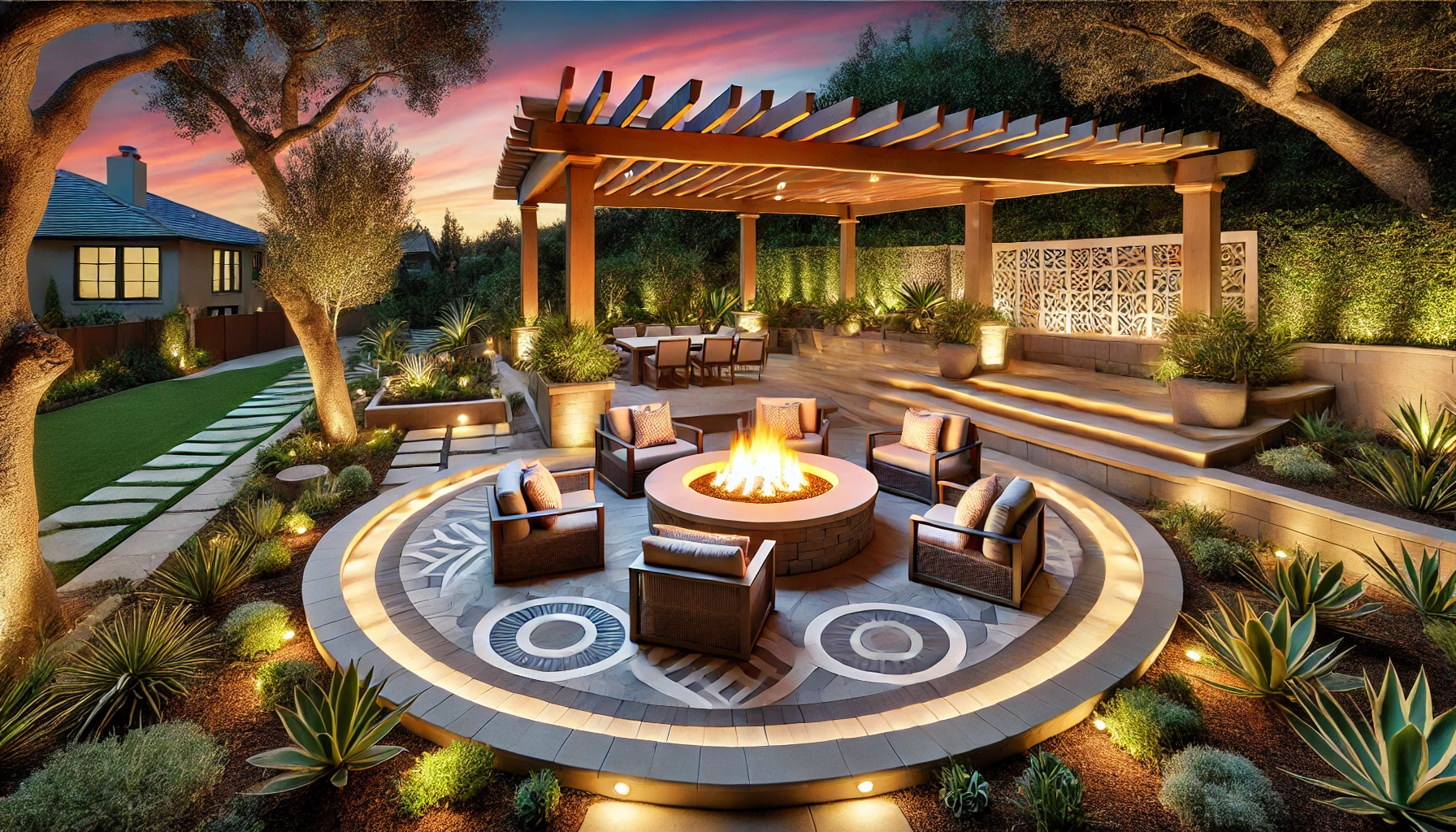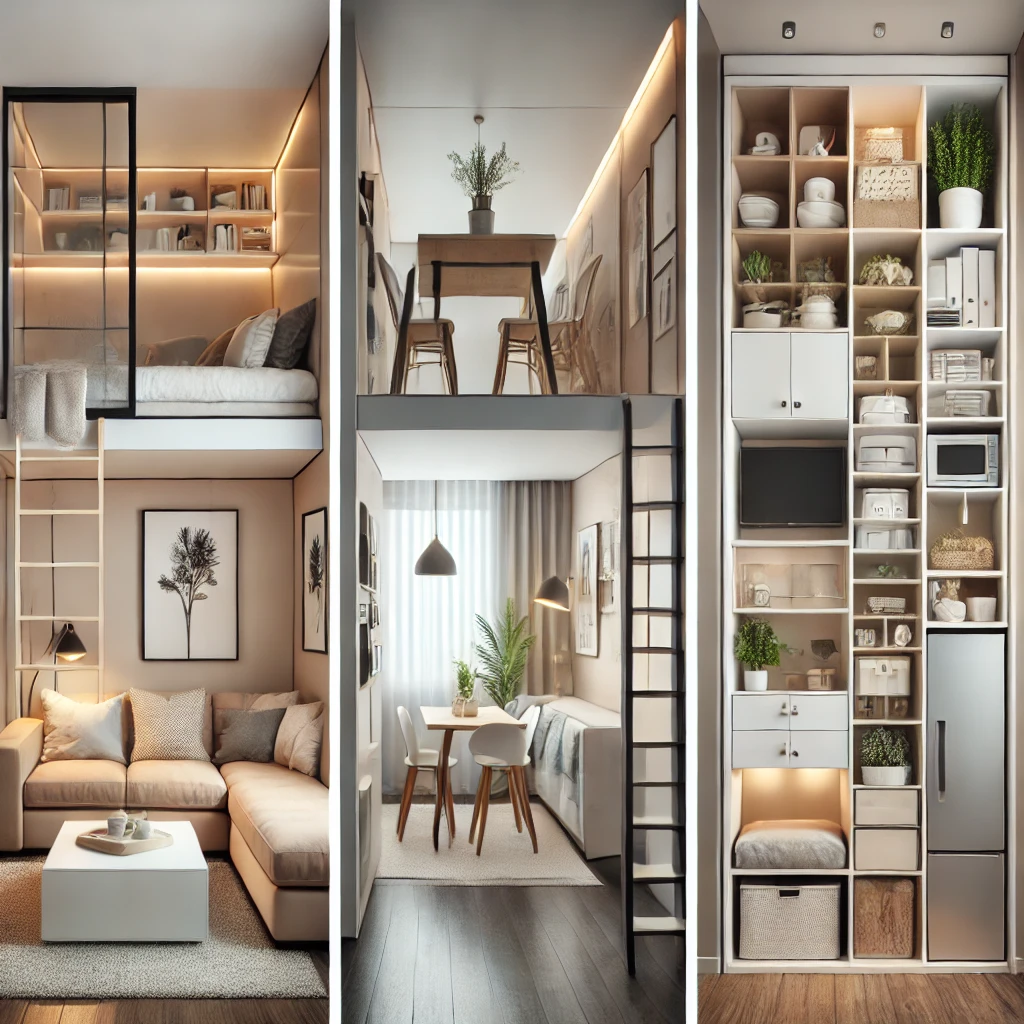Introduction
In the United States, the kitchen is often regarded as the heart of the home. It’s where meals are prepared, meaningful conversations take place, and memories are made. For many homeowners, the kitchen is more than just a functional space—it’s a reflection of their lifestyle.
But like any other space, kitchens age. Layouts that were once efficient may become inconvenient, modern materials may surpass those installed years ago, and a growing family’s needs can overwhelm an outdated design. Recognizing the signs that your kitchen needs a remodel is the first step to transforming it into a more beautiful, efficient, and adaptable space.
Let’s explore the five key signs that indicate it’s time to rethink your kitchen and practical solutions to modernize it.
1. Outdated and Inefficient Layout
Identifying the problem:
An outdated layout fails to meet the demands of a modern kitchen. Common issues include:
- Cramped spaces: Difficulty moving between the stove, refrigerator, and sink.
- Insufficient storage: Disorganized shelves, stacked utensils, and no room for new appliances.
- Ineffective work triangle: The basic kitchen design principle—placing the stove, sink, and refrigerator in a functional triangle—is not followed.
Daily impact:
A poor layout delays simple tasks, increases stress, and reduces efficiency. Poorly designed kitchens also make it hard to socialize, an important aspect for many American families.
Solutions:
- Redesign the space: Incorporate multifunctional kitchen islands that serve as prep areas and quick dining spots.
- Smart storage: Add pull-out drawers, floor-to-ceiling cabinets, and internal organizers to maximize space.
- Modernize flow: Rearrange the layout to honor the work triangle, optimizing time and effort.
2. Old and Inefficient Appliances
Identifying the problem:
- Obsolescence: Appliances that consume excessive energy or no longer meet your needs.
- Lack of technology: Older appliances lack smart features like Wi-Fi connectivity or automated controls.
- Frequent issues: Constant maintenance and irregular performance.
Daily impact:
Old appliances increase energy bills and fail to keep up with the demands of a modern lifestyle where efficiency and convenience are essential.
Solutions:
- Invest in energy-efficient appliances: Energy Star-certified products can reduce your energy costs by up to 30%.
- Incorporate smart technology: Consider refrigerators with touchscreens, self-cleaning ovens, and smartphone-connected microwaves.
- Choose built-in models: These save space and create a cleaner, more modern look.
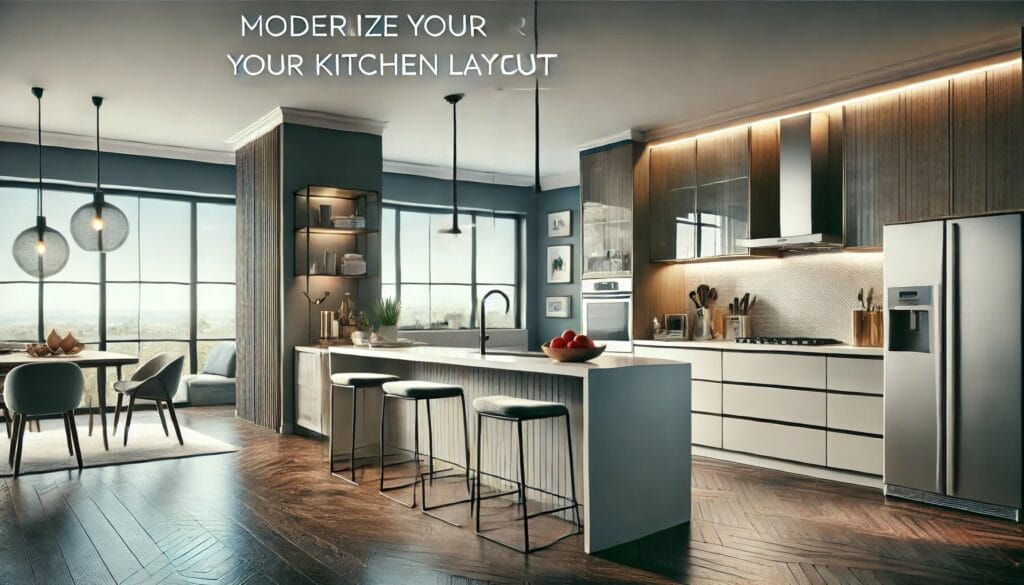
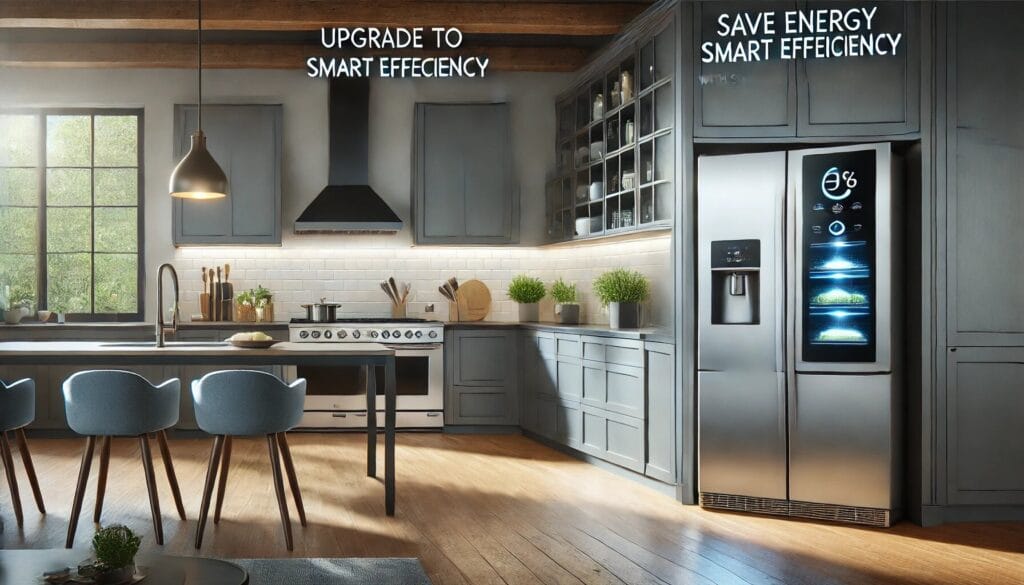
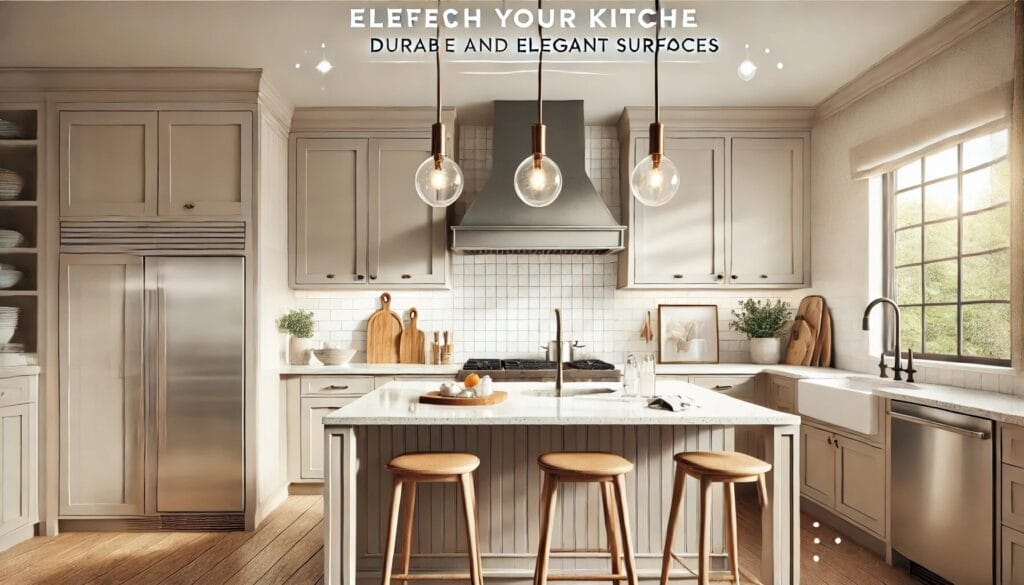
3. Worn and Damaged Surfaces
Identifying the problem:
- Damaged countertops: Cracks, stains, and liquid-absorbing materials are common in older kitchens.
- Outdated or broken tiles: These compromise aesthetics and functionality.
- Worn floors: Scuffed, scratched, or slippery materials that pose safety risks.
Daily impact:
Compromised surfaces not only detract from the kitchen’s appearance but also present hygiene and safety concerns.
Solutions:
- Upgrade countertops: Consider durable, modern materials like quartz, granite, or polished concrete.
- Revamp the backsplash: Invest in glass panels or contemporary tiles for easier cleaning and a refreshed look.
- Replace flooring: Install resilient and easy-to-clean options like ceramic tiles or luxury vinyl planks (LVP), which are popular in the U.S.
4. Poor Lighting and Underutilized Space
Identifying the problem:
- Lack of natural light: Small windows or cabinets blocking light.
- Insufficient artificial lighting: Weak or poorly placed lights.
- Outdated style: Fixtures that don’t match modern aesthetics.
Daily impact:
A poorly lit kitchen makes simple tasks like chopping food difficult and creates an unwelcoming atmosphere.
Solutions:
- Enhance natural lighting: Expand windows or install glass doors to maximize sunlight.
- Update artificial lighting: Add pendant lights, recessed lights, or LED strips under cabinets to illuminate work areas.
- Incorporate dimmers: These allow you to adjust light intensity as needed, whether for cooking or creating a cozy ambiance.
5. Outdated Style and Design
Identifying the problem:
- Outdated colors: Bold tones from the 80s or 90s that don’t reflect current trends.
- Old cabinetry: Worn or outdated cabinet doors.
- Lack of personalization: The kitchen doesn’t reflect the family’s unique style.
Daily impact:
An outdated kitchen can diminish the motivation to cook and lower your home’s market value.
Solutions:
- Update cabinetry: Install modern doors with finishes like frosted glass or light wood.
- Replace finishes: Use neutral tones like white, gray, and beige to visually enlarge the space.
- Add personality: Incorporate decorative items like modern light fixtures, sleek handles, and a unique backsplash pattern.
The Importance of Modernizing Your Kitchen
- Property Value Increase
In the U.S., especially in competitive markets, a renovated kitchen is a significant selling point. Studies show that kitchen remodels can offer up to an 80% return on investment. - Improved Quality of Life
A functional and modern kitchen not only simplifies meal preparation but also fosters a more enjoyable and stress-free routine. - Long-Term Cost Savings
Durable materials and energy-efficient appliances reduce maintenance and energy costs, providing significant savings over time.
Conclusion
If your kitchen shows one or more of these signs, it’s time to plan a remodel. For homeowners in the U.S., modernizing the kitchen is an investment that goes beyond aesthetics, transforming the heart of the home into a functional, beautiful, and efficient space.
Work with experienced professionals to create a kitchen that meets your needs and reflects your style. After all, renovating your kitchen is about enhancing your home experience, increasing your property value, and improving your quality of life.

